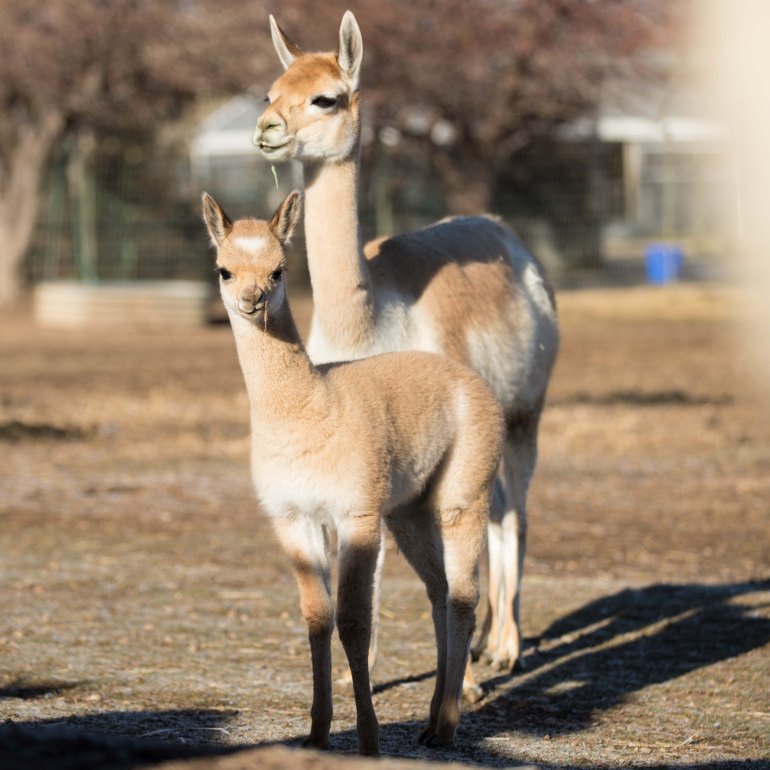The goal is to help re-establish a viable supply chain in the US for textiles and fashion made of animal fiber, supporting the farmers to implement regenerative practices on their land, and the mill process to recycle all water on site and other ways we can improve our relationship to the environment.
Synthetic textiles fibers will never revitalize our soil, produce food, fuel, fertilizer for oxygen producing plants, sequester carbon, and support diversity in nature like sound farming does.

One of the most fundamental shifts that need to happen for fashion industry to not be the big polluter, though, is the customer sentiment. Our over consumption and throwing unused items in landfill has to stop, not just textiles. Many ideas are driving the front runners; from making sure there are ways to recycle the garments, even in how they are designed; creating communities where you can rent that expensive outfit instead of buying it; mending our clothes; brands will pay you to ship your used items back for a voucher towards something new; and more.. What is your effort in making a difference?
Looking at the manufacturing and fashion industry’s efforts to make it sustainable – which has a lot of question marks about what that means, adding buzzwords like circularity, traceability, transparency – mostly focus is on manmade fibers. That is explainable as that is majority of what fast fashion uses. Some amazing research has been done to make less of an impact on the environment, including adding a molecule to synthetics to make it biodegradable. The financial interests seem to drive the research dollars, to focus on synthetics.
I have attended textile trade shows with a big appetite on sustainability in fashion, and a summit at the UN for sustainable fashion. There have been speakers saying that we need to stop using wool and other animal fibers, as they destroy the environment. Nothing could be further from the truth. Well, actually, it can be done in a way that we destroy the environment. That goes from the farming through the manufacturing. Animal husbandry, and the farming methods around it, can be carbon negative, neutral or positive, depending on how it is done. Some health issues in animals we only know how to treat with chemical based medicine, but that does not mean that we can not find ways to it otherwise. Organic standards currently would require you to kill the animal, or sell it to an non-organic farm. Even when chemical medicine is used, proper composting techniques with the right type of microbial make-up will break down the harmful chemicals, preventing them from becoming part of the food chain.
To regenerate the environment animals are needed, whether we choose to eat them or not, so why not put more research money toward making sure that farmers can care for their animals in the gentlest and most natural way possible. Nowhere in nature do you find only animals, or only plants. To have a functioning ecological environment, that is thriving, both need to be present in some diversified manner. I have never met a farmer that did not love their animals and care for their land. However, the financial models the world is running on, governments demand for changes and purchases based on false promises from chemical companies has forced many farmers to abandon sound farming principles, and forced them into financial hardship, or ruin. The world is changing rapidly, and if we are wise, we can take the opportunity to change it into something beautiful and healthy that will stay with generations to come.
At this point I am very hopeful, and will keep researching and figure out my role in the bigger picture. Hopefully both a farm and a vertical mill is in my future.